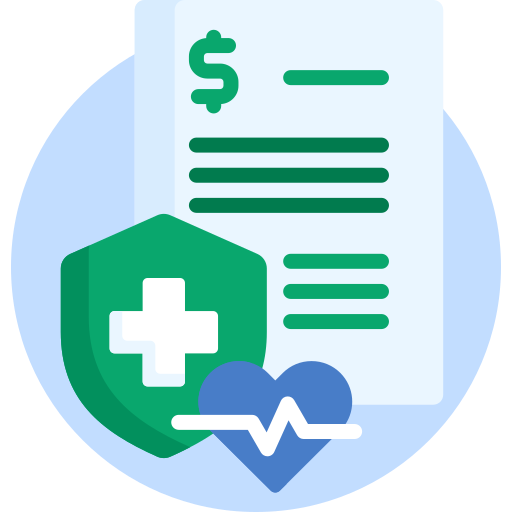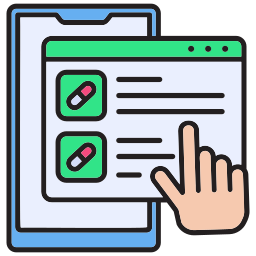Peloton + WearConnect
Peloton, a popular fitness platform, offers interactive, live, and on-demand fitness classes, including cycling, running, yoga, and strength training. Peloton users can track their workouts, measure progress, and connect with a community of fitness enthusiasts.
Peloton API + WearConnect

Simplified Data Flow with Peloton API
WearConnect seamlessly integrates with Peloton API, enabling you to effortlessly gather and utilize valuable fitness data within your healthcare system. With WearConnect, you can directly import real-time data from Peloton devices, including workout metrics, heart rate, and performance statistics. This data is then securely stored in a HIPAA-compliant FHIR format, providing a centralized hub for holistic patient information.
WearConnect Admin Dashboard
The WearConnect Admin Dashboard provides you with a user-friendly interface to manage all aspects of your healthcare operations. The platform facilitates:

Features of Peloton API Integration

Real-time Data Synchronization
Access and analyze Peloton data, including heart rate, calories burned, distance covered, and workout duration, in real time.

Holistic Patient Profiles
Integrate Peloton data into detailed patient profiles, providing a detailed view of patient health and fitness activities.

Personalized Care Plans
Develop personalized care plans based on individual patient fitness levels and goals, utilizing Peloton data to optimize treatment strategies.

Enhanced Engagement
Motivate patients to achieve their fitness goals by incorporating Peloton data into their health plans and providing personalized insights and progress reports.
Peloton API Integration Challenges
Extracting meaningful insights from Peloton data and utilizing it to inform clinical decision-making requires expertise in data analysis and healthcare trends.
Ensuring the secure transmission and storage of sensitive patient data from Peloton devices is crucial, requiring robust encryption protocols and adherence to HIPAA regulations.
Transforming Peloton data into a standardized FHIR format and integrating it with existing healthcare systems can pose technical challenges.
Benefits of Peloton API Integration

Improved Patient Outcomes
By using Peloton data, healthcare providers can understand patient health & fitness habits, leading to informed care decisions and improved health outcomes.

Enhanced Patient Engagement
Peloton integration allows patients to take a more active role in managing their health, fostering engagement and encouraging healthier lifestyles.

Cost Optimization
Utilizing Peloton data for preventive care and personalized interventions can potentially reduce healthcare costs by mitigating chronic diseases and improving overall health.
Use Cases of Peloton API Integration
Healthcare providers can use Peloton data to monitor patients with chronic conditions like diabetes, heart disease, and obesity, supporting personalized treatment plans and lifestyle adjustments.
Physical therapists can utilize Peloton data to assess patient progress, personalize rehabilitation plans, and monitor patient adherence to exercise routines.
Integrating Peloton data into workplace wellness programs can encourage employees to adopt healthier lifestyles, potentially reducing healthcare costs and improving overall well-being.

A leading provider of customizable display solutions

Top Provider for Customized Healthcare Solutions for Better Patient Results

AI-enhanced obstetrics clinical decision support platform
- What is Peloton API?
Peloton API is an application programming interface that allows developers to interact with Peloton's data and services. While the official Peloton API is not publicly documented, there are unofficial versions available. A unique aspect of the Peloton API is its potential to provide real-time workout data, enabling developers to create innovative applications that offer personalized fitness experiences, performance analysis, and integration with other platforms.
- What kind of data can be accessed through the Peloton API?
The Peloton API can potentially provide access to a wealth of data, including workout metrics (heart rate, cadence, resistance), class information (instructor, music, difficulty), user profiles, and leaderboard data. However, the specific data available can vary depending on the API implementation.
- How does WearConnect ensure data security?
WearConnect ensures data security with robust encryption protocols, access controls, SOC 2, HIPAA compliance, and end-to-end encryption.
- What types of data can WearConnect use from wearable devices?
WearConnect can collect various types of health and fitness data from wearable devices, including activity levels, heart rate, sleep patterns, and more.
HealthConnect CoPilot enabled us to access real-time patient health data through integration with Apple HealthKit, enhancing care delivery while maintaining HIPAA compliance. This led to personalized care and improved outcomes for patients.

AI-enhanced Obstetrics Clinical Decision Support Platform
HealthConnect CoPilot's integration with Epic's Hyperspace has transformed our workflow. Automated post-delivery examinations and HL7 protocol use ensure accurate updates to Epic. Their expertise empowers informed decision-making in childbirth

Top Provider for Customized Healthcare Solutions
HealthConnect CoPilot's helped us to integrate with leading tracking devices such as Apple Watches and Fitbit. This integration enables effortless syncing of health data, providing users with real-time insights displayed directly on our flagship products: smart mirrors and digital calendars.

A Leading Provider of Customizable Display Solutions


